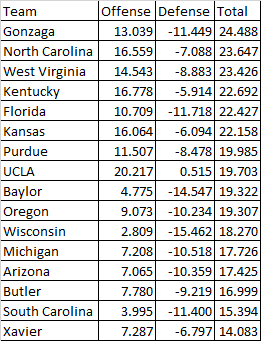Micro Cogeneration: Towards Decentralized Energy Systems
by Martin Pehnt, Martin Cames, Corinna Fischer, Barbara Praetorius, Lambert Schneider, Katja Schumacher, and Jan-Peter Vob, 2006
This book describes efforts to improve the adoption of small-scale cogeneration, or combined heat and power plants. I wrote a bit about CHP plants here.
This book is written for the German market, but describes the situation in the US, Europe, and Japan as well.
I didn’t read the whole book, as many of the chapters were overly technical for my interest-level. I’m mostly interested in the economic situation of CHP plants. Here are the chapters I read:
2. Dynamics of Socio-Technical Change: Micro Cogeneration in Energy System Transformation Scenarios
3. The Future Heating Market and the Potential for Micro Cogeneration
4. Economics of Micro Cogeneration
9. Embedding Micro Cogeneration in the Energy Supply System
11. Micro Cogeneration in North America
15. Summary and Conclusions
I think this quote sums up the difficulty of embracing decentralized CHP well:
Micro cogeneration… faces a selection environment that is geared towards central generation and long-distance transmission of electricity combined with separate heat production. The existing “regime” of energy provision may indeed represent a fundamental barrier for the widespread application of micro cogeneration technology, because it more or less subtly works towards the preservation of the existing structure: to which vested interests, actor networks, traditions, established mind sets, sunk costs, and more are attached.
My CHP project is looking at economic situations and policy levers in which utility ownership of CHP will be more favored.




